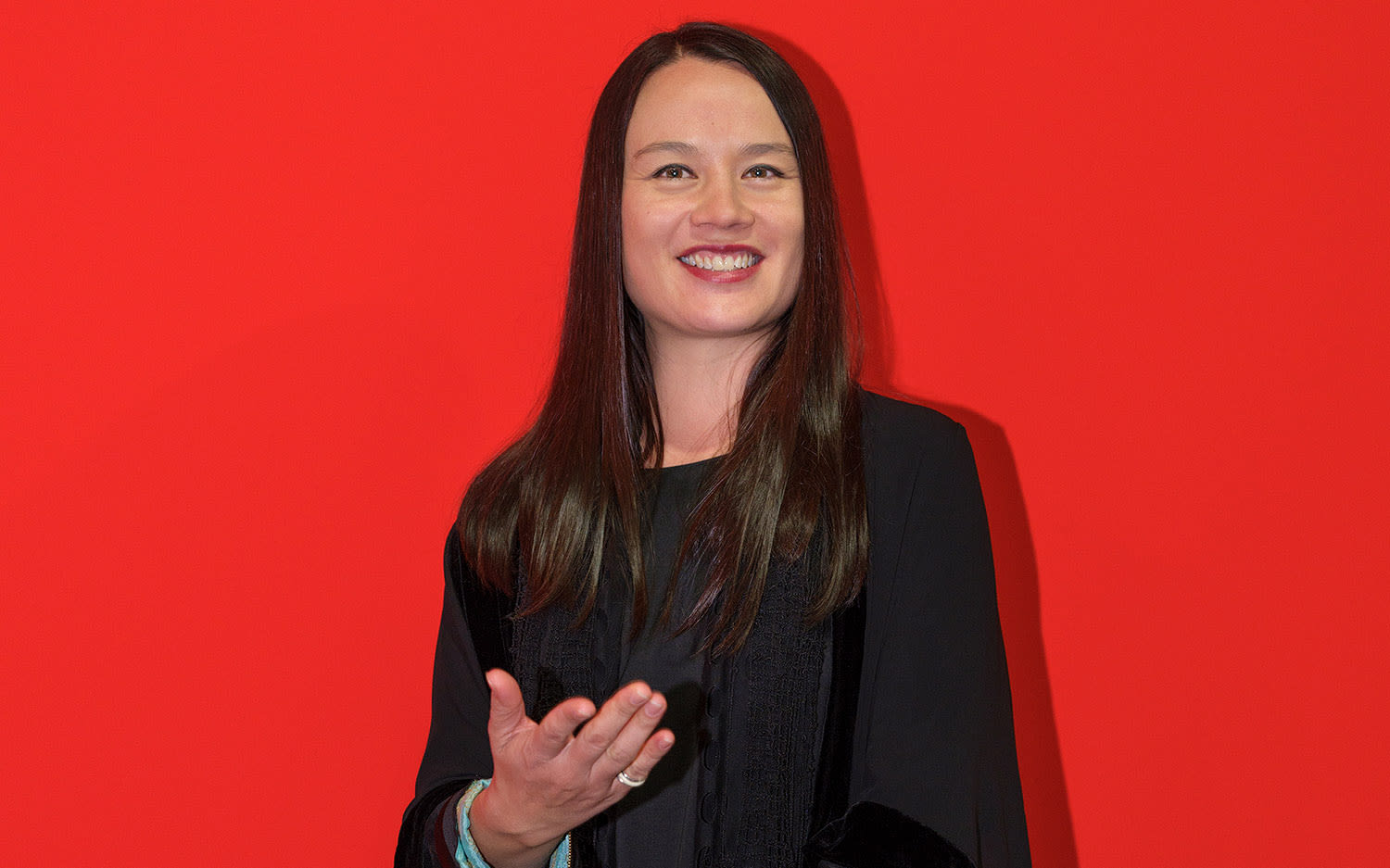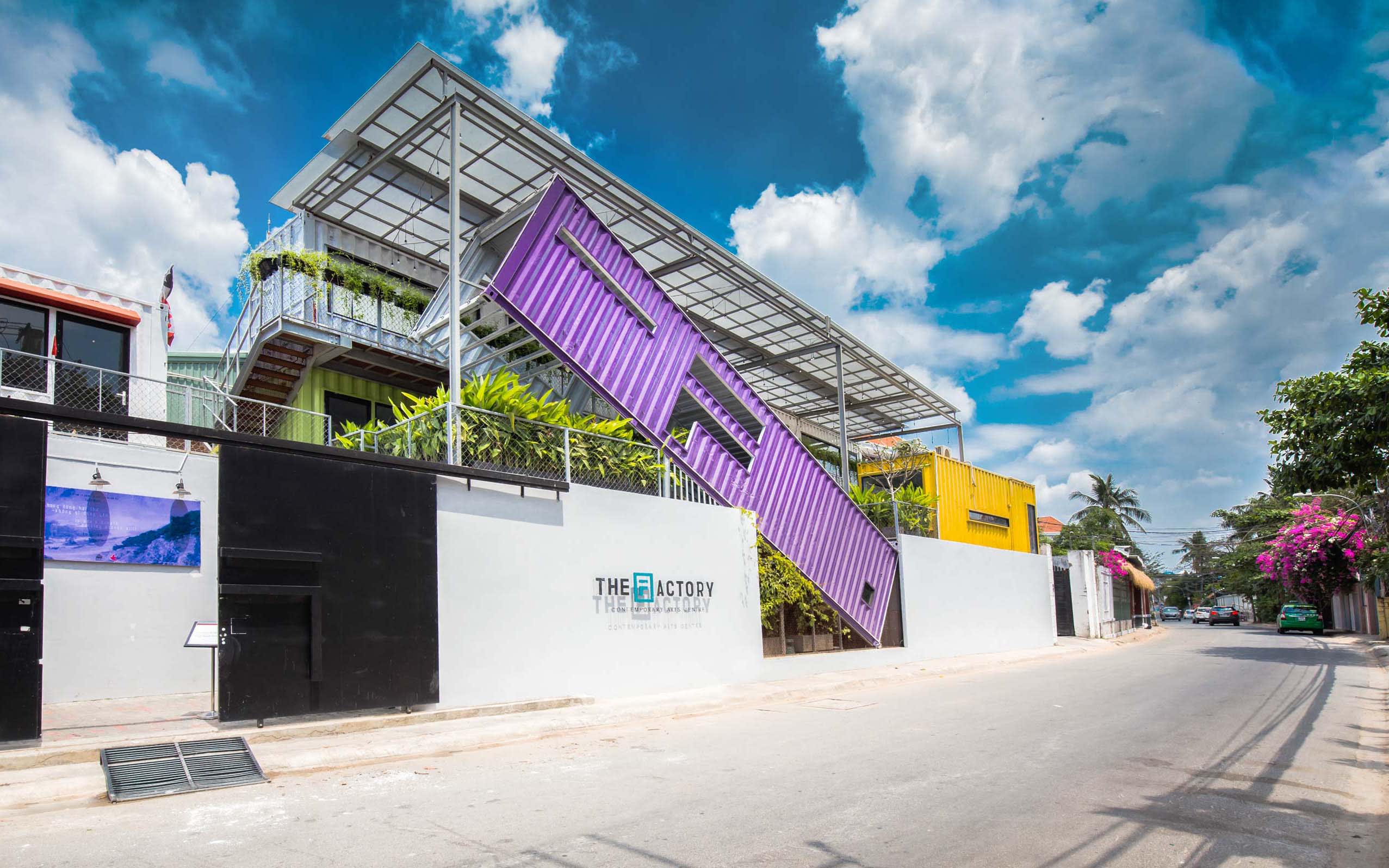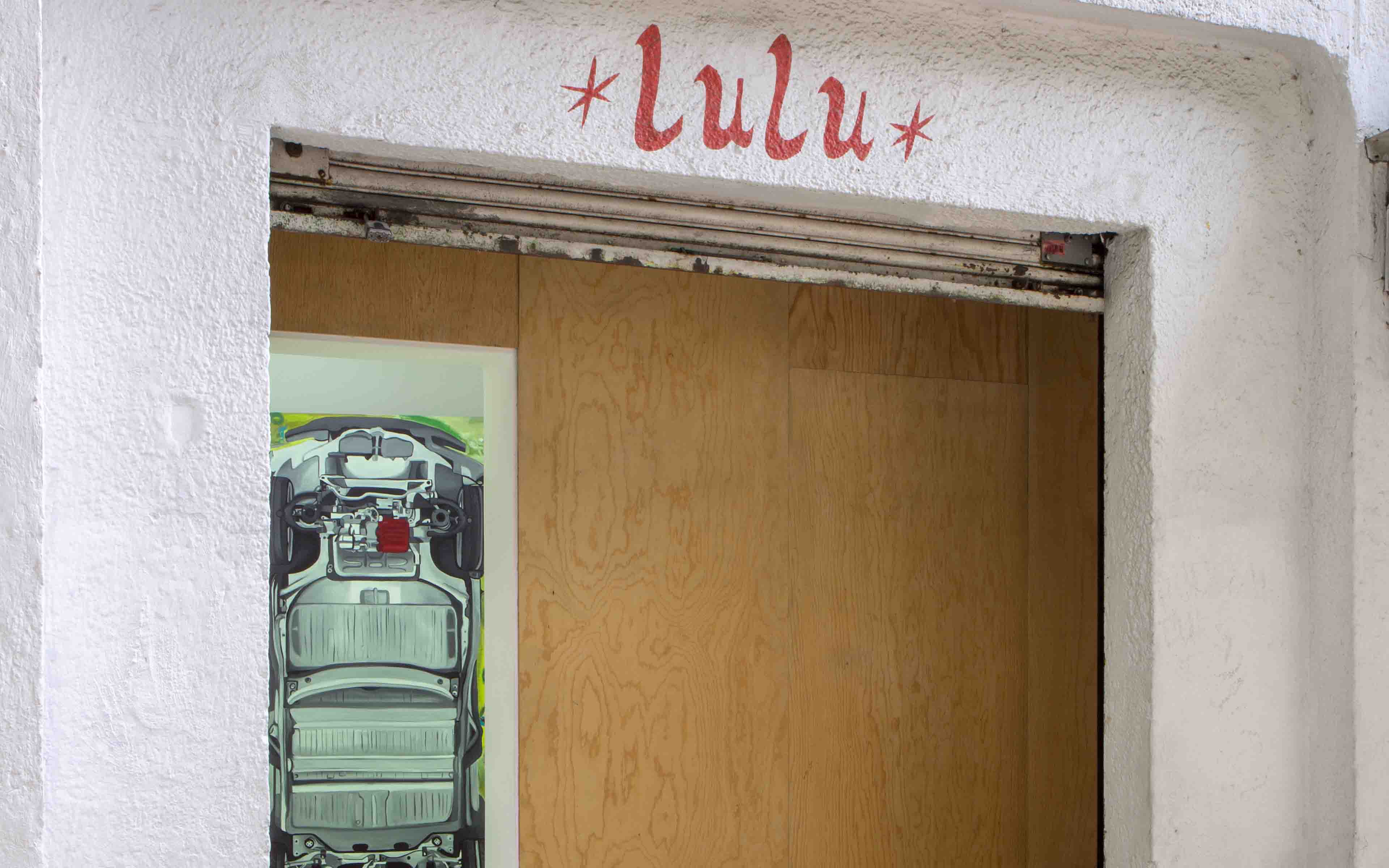Are biennials ‘curatorial mission impossible’? Ahead of the Sharjah Biennial, co-curator Zoe Butt pauses to reflect
The Vietnam-based curator shares her doubts about the pervasive exhibition model and considers less Western-centric alternatives with Lulu co-founder Chris Sharp

I sat down with Sharjah Biennial 2019 co-curator Zoe Butt after she participated in an Art Basel Conversation entitled ‘Public/Private | What Can a Biennial Do?’. The panel featured three prestigious biennial curators: Venice Biennale 2019 artistic director Ralph Rugoff; Oslo Biennial 2019 curator Eva González-Sancho, and Shwetal A. Patel, founding executive officer of the Kochi Biennale Foundation. The event touched on several issues, among them the role and ever-controversial proliferation of biennials, which became jumping-off points for our discussion.
Butt is based in Ho Chi Minh City, where she is artistic director of The Factory Contemporary Arts Centre; I’m primarily based in Mexico City, where I co-founded the project space Lulu. Our conversation ranged from our shared suspicion of, and admiration for, the biennial format to our status as expatriate curators living and working in the global south. Below is an edited version of our exchange.
Chris Sharp: I am a major skeptic of the biennial format.
Zoe Butt: Me too.
But I also love it. And yet the biennial format is so deeply flawed that it’s almost impossible to do a good show. It has to cover so many bases: there are so many political interests, there are financial interests, the market… And it’s essentially a political format: political considerations almost have to come before the exhibition itself, and this is what generally undermines many biennials. It’s such a damning exhibition model that you could call it ‘curatorial mission impossible’.
There’s often an assumption that it has to be fully global. Is that even possible? I get really frustrated with that. I hear things like: ‘Oh you’ve got the chance to work with anybody in the world, so I guess you must be traveling the entire planet.’ My answer has always been: ‘Is that even feasible?’ It’s delusional to think: ‘Yeah, I can go to places I’ve never been to before and know nothing about, meet a couple of artists, include them in the show, and then suddenly this is globality.’
I totally agree. That kind of approach is always driven by weird politically correct ulterior motives.
I’m really cynical about the biennial format and yet I’m doing one, so this is quite hypocritical, no? But then I can’t critique something that I’ve not actually done. I was involved with the Asia Pacific Triennial of Contemporary Art for three editions: I started as a curatorial assistant, and by the third edition I was leading the research program and productions team. This Sharjah Biennial is actually my first to curate. It’s a challenge to myself. During the panel, Ralph Rugoff talked about creating context – that’s something I really struggle with. For that reason, I’ve been in a kind of fear of doing a biennial, because I’m a little freaked out by the responsibility of the whole undertaking.
But preparing for Sharjah has given me the chance to revisit 10 years of research and to try and put it in some visual frame with artists. It’s not an idea that just sort of sprang up because I was invited. I think that Hoor [Al Qasimi, president and director of Sharjah Art Foundation and director of the Sharjah Biennial] invited me because she was interested in my research.

That is interesting. I like the idea of being invited to participate in a biennial based on that kind of specificity. Have you had other experiences aside from the Asia Pacific Triennial and Sharjah?
I’ve been invited to propose projects for a number of biennials, and the proposal process has been grueling: a lot of work and a lot of rejection. But it was worth it – it definitely confirmed for me that there are issues and phenomena that the dominant art circuit doesn’t want to showcase right now. It revealed the dominance of a very Western, and dare I say white, approach to aesthetics, as well as a denial of the biennial platform being able to contribute to aesthetics forms of discourse. I find that many biennials, especially here, are not ready to challenge what it means to be ‘contemporary’. The money behind them won’t go as far as to cater for true global colors.
I’ve always appreciated Okwui Enwezor’s position on the biennial, which is essentially to move it outside of a Western discourse and turn it into a platform for more so-called marginalized parts of the world. The panel discussion touched on the proliferation of biennials. I’m a little skeptical of that. It often feels like they’re essentially seen as civic-improvement projects, like the Guggenheim branches – as if becoming a world-class city entailed launching a biennial or getting a Guggenheim. But it also depends on the context: a biennial in Dakar is different from a biennial in Oslo…
In the West, there’s an obsession with thinking about exhibition histories for furthering arguments, trends, preoccupations, artistic movements. The exhibition space is positioned as an arena where history seeks to understand the significance of artistic output. I’ve struggled with that model quite a bit, because where I am, exhibition-making hasn’t been a very long, very prominent, or even very feasible way of showcasing art practice. There are many different reasons for this that are: economic or political, as well as a general lack of cultural infrastructure. So the biennial descending into the region as a way for artists to be seen has become very hip and much desired. But a question I keep asking artists, investors, and sponsors is: why? Why are you doing this? I think it’s like asking a real estate developer: ‘Why are you building a mall here?’ The rise of biennials is like the rise of the mall phenomenon. We don’t necessarily really ask why – it’s often all just profit, be that financial profit or enhanced social status.
A kind of cultural capital.
Yes. The attitude is: ‘Oh, we are a city because we’ve got X number of cultural activities’, and the forms of those cultural activities are scarily stereotypical.
What alternative would you propose, outside of stereotypes?
Well, I struggle with this, but in my region, cultural activity is through private independent action; it’s through alternative spaces like The Factory Contemporary Arts Centre, like Sàn Art, which organize their own, largely education-focused activities. These organizations are very grassroots. The problem with our landscape, though, is that we do not have much capacity; we don’t have much seed funding to grow. We’ve remained at a certain size and level of visibility – but over the years, I’ve come to think it is healthy to stay small.
I don’t know that visibility is necessarily constituent or a by-product of size.
Or success.

At Lulu, part of our mission is thinking small. We are one of the smallest spaces in Mexico City, if not the smallest, but nevertheless we think internationally, both in terms of the caliber of the work we show and how we communicate. But Mexico City is a major art capital in Latin America, with an important 20th-century history of art, while you’re in a context where you are part of building something from the ground up.
I entered Mexico from a very charged position: I come from a super-imperialistic nation, America, which has a very fraught relationship with Mexico, so when I opened a space in Mexico City I came with a lot of baggage, even though my business partner [the artist Martin Soto Climent] is Mexican and from Mexico City. What has your experience in Southeast Asia been like in terms of not being from there?
I think a lot about hospitality with my work and my role. When I moved to China I was invited by artists, and when I moved to Vietnam I was also invited by artists: with each move, it’s been on invitation. Secondly, I carry a diasporic identity: my father is from Hong Kong and my mother of British ancestry, but I was born in Australia and I now live in Vietnam. I feel incredibly lucky and grateful for those invitations because they’ve really challenged my work. I left the museum thinking: ‘I have the formulas’, then I realized after moving to Asia that they don’t work. I was, and still am, in the process of unlearning all of those institutional expectations, terminologies, and approaches, because living in Vietnam has shown me more proactive and provocative means of getting things done. This empowered me to speak back to the artworld.
I’ve noticed that I get asked quite a lot to speak about museums, about curatorial practice, about the role of building infrastructures. I’m grateful for starting out in the museum world – it really has given me an immense grounding, and I have the utmost respect for museum culture. I still love that mode of presentation, but I’m deeply aware of how flattening that experience can be compared to the real dynamism that exists on the ground.
Chris Sharp is a writer and curator based in Mexico City, where he co-founded Lulu with Martin Soto-Climent.
Zoe Butt is the artistic director of The Factory Contemporary Arts Centre in Ho Chi Minh City and co-curator of the upcoming Sharjah Biennial 14, together with Omar Kholeif and Claire Tancons. She participated in the Art Basel Conversation ‘Public/Private | What Can a Biennial Do?’ held on June 14, 2018 with Ralph Rugoff, artistic director, 2019 Venice Biennale, and director, Hayward Gallery, London; Eva González-Sancho, curator, Oslo Biennial 2019; and Shwetal A. Patel, founding executive officer of the Kochi Biennale Foundation, London. The panel was moderated by András Szántó, author and cultural strategy consultant, New York.
Watch the full conversation here.
Top image: Maider López, Football Field, 2007 – 2009. Installation view: Art Square, Sharjah 2009. Image courtesy of Sharjah Art Foundation.

